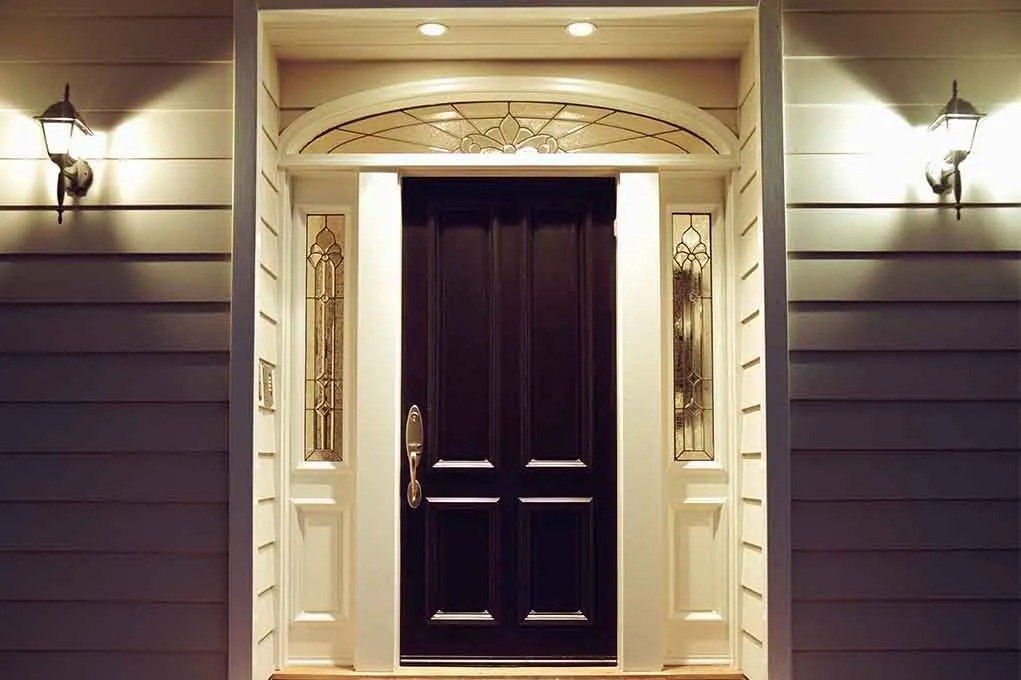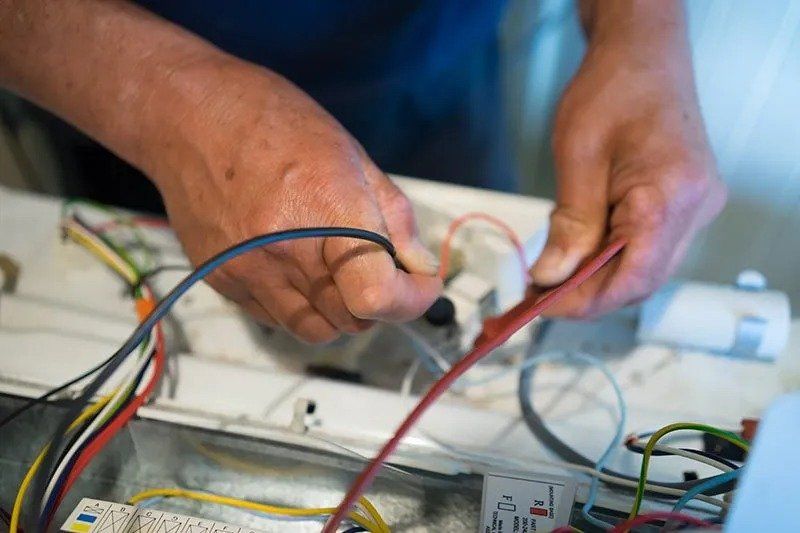HOW YOU CAN REDUCE ENERGY COSTS
Admin • November 29, 2017
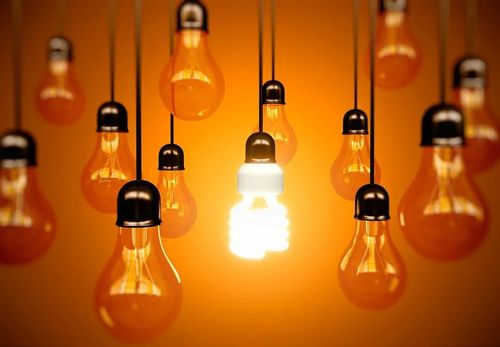
You know that your home uses energy. Every time you flick on a light switch, turn on the TV or hear the AC system kick on, electricity is at work. Before you start stressing over how much you have to pay for electricity, learn about the ways that you can save.
Energy efficiency and lowering electricity costs are major issues on many homeowner's minds. Not only can you out some green back into your wallet, but you can also put some green back into the planet.
How can you lower the amount of energy that your home uses? Take a look at what you need to know about your home's energy so you can use the top tips for reducing your electrical consumption. With a little bit of knowledge and a few upgrades, you can change the way that your home uses electricity.
Understand Homes and Electricity
How much electricity do you use? Your electricity bill will show you. You might even get to see a graph that shows how much electricity you're using this year compared to last year.
The U.S. Energy Information Administration has some general statistics about energy use in most homes.
Home cooling costs account for 18 percent of all electricity consumption, putting it at the number one spot. Lighting follows, taking up nine percent of all electricity usage. Water heating is on the same percentage level as lighting, and refrigeration and spacing heating follow at seven percent each.
Other household electricity users include TV's (and similar devices), computers, clothes dryers, dishwasher and freezers. When you know where the energy costs are coming from, you can begin to reduce your bills.
Reduce Energy Use
With all the energy your home is using, it's no wonder that you want to reduce the costs. If you're looking for an easy way to lower your bills, start by using an advanced power strip.
All of those devices, gizmos and gadgets that you plug into your home's outlets can take up a sizable portion of your home's electric bill. An advanced power strip stops electronics that aren't in use from drawing energy to reduce your overall energy usage and lower your home's bills.
If using an advanced power strip isn't an option for you, simply pay more attention to when and how you're using your lights and other electrical devices. Turn off lights when you leave a room or unplug electronics if you aren't using them
Choose Efficient Lighting
Lights aren't all equal when it comes to energy usage. Older lights are often inefficient and will cost you money. According to the U.S. Department of Energy, switching out the most used light bulbs in your home with ones that have the ENERGY STAR label can help you to save up to $75 a year.
Halogen incandescent, LEDs (light emitting diodes) and CFLs (compact fluorescent lamps) are all lighting options that can lower your bills. These options use significantly less energy than your old incandescent bulbs do. Depending on the bulb, these newer, more efficient versions can use between 25 and 80 percent less energy.
You can either swap out old bulbs for new ones or hire a pro to put in new lighting. LED lights are a cost-saving option that can beautify your home and help you use much less energy than you already do. An electrical contractor can help you to upgrade your system.
Upgrade Appliances
Older appliances can also put a pinch on your electricity bill. You may need to spend money upfront on the cost of the new appliance, but from ceiling fans to your clothes dryer, choosing energy-efficient models can help you to save money in the long-run.
Do you need help making your home more energy-efficient? Langer Electric Service Co.
can help.
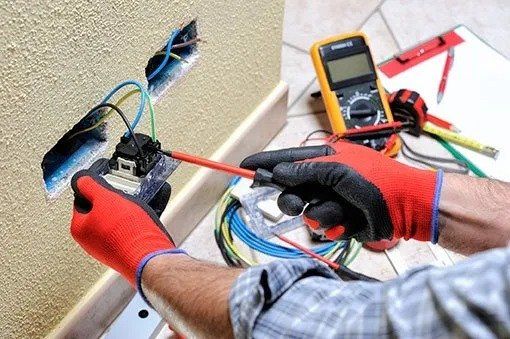
Remodeling a home often involves opening up walls and ceilings, and while the process can be messy, this may be the perfect opportunity to upgrade your home's electrical system. Updating the electrical system, especially in an older home, will pay for itself in efficient energy use and improved safety against electrical hazards. Electrical improvements can also boost your home's resale value. Here are a few electrical upgrades that will deliver value for your money.
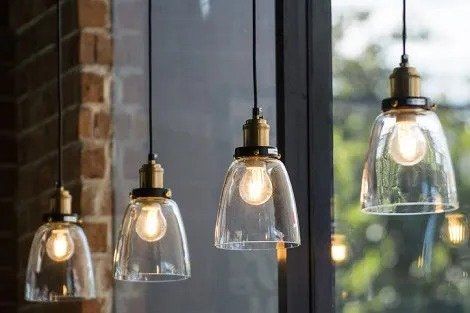
When your home just doesn't have enough lighting, you may find that you just can't see well enough when trying to read an instruction manual or perform a little housekeeping. But too much lighting wastes energy and can ruin the ambiance of your house. The key is to find the right balance. 1. Know How Much Lighting You Need The first step is to determine how much square footage the room has. Measure the length and width of your home and multiply both figures together. Then determine how many lumens you will need based on the type of room you are illuminating. Not every room needs the same amount of lighting. A hallway requires much less lighting than a kitchen or bathroom. The living room and bedroom typically need lumens that are in the middle. For instance, a hallway will require around 7 lumens per square foot. A living room or bedroom will require 10 lumens per square foot. Kitchens and bathrooms require around 75 lumens per square foot. 2. Choose the Appropriate Light Fixtures for Any Room Once you have determined how many lumens you will need, the next step is to find a fixture that generates a sufficient number of lumens. You could use one light fixture for a room or choose multiple fixtures that provide the combined lighting necessary for the particular room. By using multiple fixtures, you will be able to evenly distribute lumens throughout the room. 3. Control the Amount of Light Through Adjustable Lighting The appropriate lumens for a given room can vary. For example, if you are watching TV in the living room, you may not need as many lights. Fortunately, there are many ways to control how much light you have in a particular room. One option is to have multiple light sources you can turn on or off. For instance, you may only need to use one of two lamps while reading a book as your significant other watches television. Another option is to use dimmers. Dimmers are lights that can be adjusted based on your current needs. Typically, a dimmer uses a knob rather than a switch. There are also dimmers that have different light settings that you may cycle through each time you flip the switch. Using a dimmer makes it possible to:
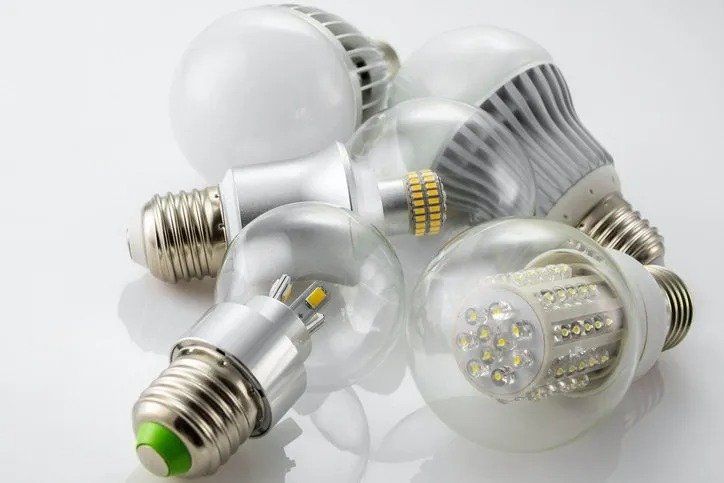
When you go shopping for replacement light bulbs, you may come across more options than there used to be. Beyond the traditional incandescent and halogen bulbs, you'll notice a wide variety of compact fluorescent and LED bulbs as well. Let's take a look at some of the differences between these home lighting options.
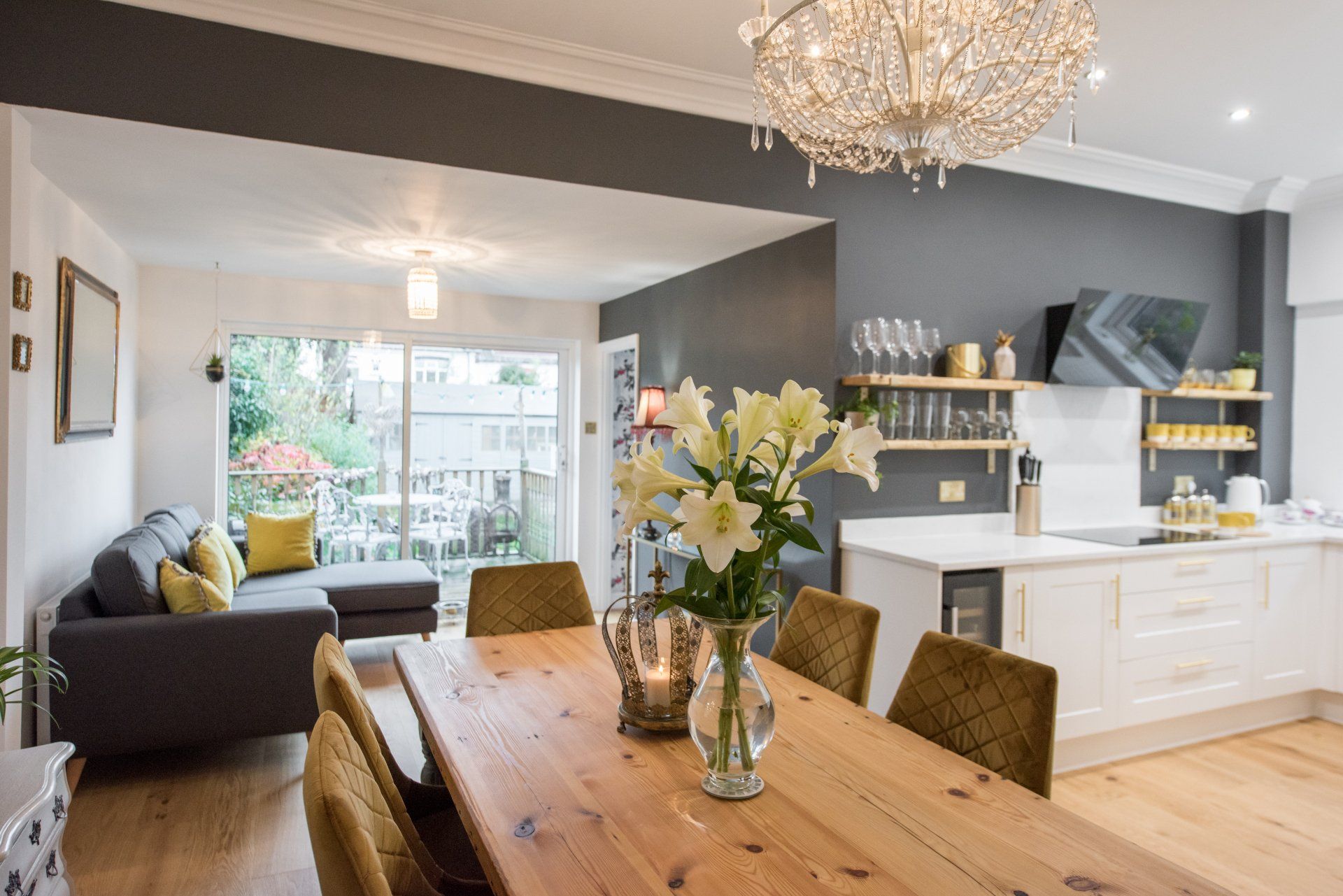
The way you enjoy dinner in your dining room can be different depending on who is eating, what guests are over, and what type of meal you are serving. A multiple course meal with a loved one will have a much different feeling than splitting Chinese with a few of your friends. The lighting options in your dining room may affect the type of mood and feeling that people get while eating. You can really set the atmosphere by choosing different lighting options and having them available as you need. Browse through various lighting ideas to see how you can change up dinner with different lighting designs and really set the mood when it comes time to eat Lighting Centerpiece A hanging light fixture in the dining room can really make the whole room come together. The light acts as the centerpiece and becomes the focal point when someone enters. The visuals from the light fixture can provide the main source of light while enjoying meals and has the ability to fully illuminate the table. There are dozens and dozens of options when it comes to choosing a lighting centerpiece. You can select an elegant chandelier, a modern stylized light fixture, or a set of matching light fixtures that spread across the whole table. Another option to consider is the installation of a ceiling fan. A fan with built-in lights can move the air around, provide some relief during hot months, and illuminate the whole dining area. The light design you pick can match your table, wall colors, and other design pieces you have in the home. Intimate Accent Lighting During some dinners, you may want to create an intimate and romantic setting. This is ideal during a dinner for two or even a double-date you're hosting in the home. Accent lighting can provide you with the low light setting of a candle while removing the risk of an open flame. You can install a number of accent lights on the walls of a dining room. The lights will attach directly to the walls and have fixtures over them to help diffuse the light. To help set the mood and create as much or as little light as you need, you have the option of having a dimmer switch installed. A dimmer switch can connect to all of the accent lighting to have complete control of the whole dining room. Recessed Lighting For parties and large gatherings, you may seek to have the most light possible. If this is the case, then you can have the recessed lighting installed throughout the ceiling in the room. Recessed lighting provides a great lighting source without taking up any extra space in the room. A fully illuminated room will make it easier to see multiple platters of food and the different dining options available. Along with eating dinner, this ideal for when you're using the dining room for playing board games or participating in other activities. Under Table Accent Lighting If you're looking to go extremely formal and elegant, then you may want to consider under table accent lighting. This type of lighting can add a sophisticated touch and look to your dining room, even when it's not in use. Lights installed underneath a table can add a nice atmosphere and glow. It looks nice when the lights shine beneath any type of colored tablecloth. This is ideal for extremely formal dinners where you serve special plates and dinnerware. The lights can be controlled by a switch or set on a timer depending on how you want to use them. For all your lighting solutions, contact us at Langer Electric Service Co. We can help with the planning and installation of your dining room lights.
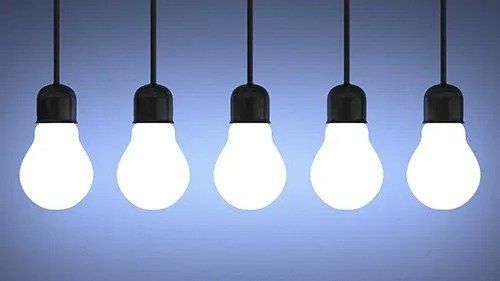
The future of lighting is here. Light-emitting diodes (LEDs) are changing the landscape of residential and commercial lighting, and there is a good reason for this revolution in lighting technology. There are numerous advantages offered by LED lighting when compared to traditional incandescent and fluorescent lighting. Below are four of the most important advantages and why you should consider upgrading to LED lights in your home or business. High Energy Efficiency One of the biggest advantages offered by LED lighting is its incredible energy efficiency. LED light bulbs use only a quarter of the electricity consumed by a comparable incandescent bulb. This is directly related to a tremendous cost savings for electricity users; in fact, around thirty billion dollars in energy costs per year can be saved solely because of LED lighting. Long Equipment Life Another huge advantage of LED lighting is its usable lifespan. With no filaments or other consumable parts, LED lights can provide tens of thousands of hours of illumination. This is also a big cost savings for consumers, as bulbs can be expected to last for many years. In addition to the cost savings provided by not having to regularly replace burned-out bulbs, the fact that LED lighting is a lifetime investment also reduces maintenance headaches for home and business owners alike. The days of climbing ladders and keeping stacks of bulbs on hand are over if you use LED lighting. Tremendous Flexibility LED lighting is a flexible technology and can be adapted to almost any situation. This flexibility makes LED lights a much more appropriate choice for a variety of lighting scenarios. For example, LED elements can be combined to create an infinite spectrum of colors. This is a huge advantage for situations where color lighting is used for decorative or functional purposes. The change in colors can be made instantaneously and is under the full control of users. In addition, LED lighting has a small physical footprint, and this makes it suitable for use in a wide variety of locations. The tiny elements can be placed in areas that would've been previously difficult or impossible to equip with lighting. For example, narrow gaps in various areas of the home, such as between the underside of the counter and cabinets, can be illuminated to provide stunning visual effects. Other applications for the small LED components include microelectronics and illuminated displays that provide a more intimate feel for viewers. Reduced Heat Emissions The fact that LED lighting is so incredibly energy efficient is directly related to this next advantage: low heat emission levels. Since LEDs convert nearly all of their electrical energy input to light energy, there is very little heat emitted by the components. In comparison, traditional incandescent bulbs waste about 90% of their electrical energy as heat output. Lower heat levels provide several secondary benefits of LED lighting. These benefits include increased safety by reducing the risk of fire; for example, holiday LED lighting is much less likely to cause fires, since it doesn't heat up potentially flammable decorations. In addition, the reduced heat emissions of LED lighting also helps lower energy costs even further for spaces that need to be kept cool. Homeowners and businesses can curtail costly air conditioning usage when they don't need to "fight" against the warming effects caused by lighting. If you have questions about LED lighting or saving money on your energy bills, be sure to contact Langer Electric Co. for help. Their team of professionals understand how to install and service all types of lighting technology, including LEDs, and can equip your home with the latest in energy-saving devices.
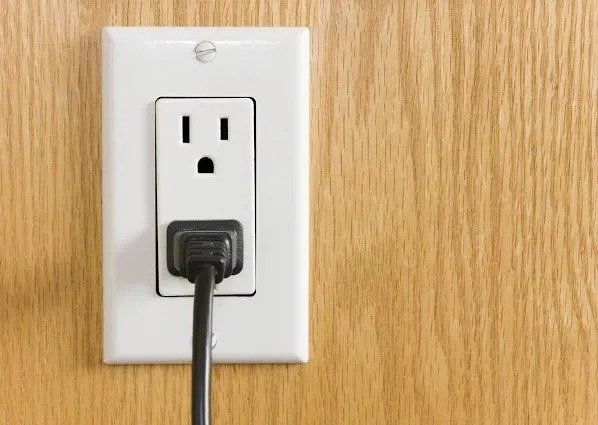
Home ownership can be exciting and rewarding, but it can also be incredibly challenging. You may feel stretched thin from keeping up with all of the necessary maintenance tasks, especially when those tasks begin to veer into highly specialized areas. Electrical maintenance is likely to be one of those areas, and without training and experience, you may need the services of a professional. Unfortunately, many people may struggle to identify the situations where professional assistance is necessary. Things that seem like regular wear and tear may actually be masking more serious situations, and it's important that you're able to identify those warning signs. Below, you'll find a guide to a few household occasions that should motivate you to call a professional electrician. When you rely on the knowledge and home services of an experienced electrician, you can be sure that your house remains strong, safe, and functional for many years to come. Warm Fixtures Electric current produces a number of byproducts, and one of those is heat. A properly installed and insulated electrical outlet or light switch should be able to suppress that heat, but if there's damage inside your walls, it may begin to seep through. Unfortunately, this can be a warning sign of a potentially serious situation, as a hot fixture may prove to be an ignition source for a fire that threatens the safety of your home. If you notice light switches or electrical outlets are warm to the touch, you should shut off the circuit feeding those fixtures and call an electrician for a repair. Frequently, this is the result of unwelcome gnawing from rodents which may have gotten into your walls, but it can also occur when older wiring short circuits and burns through its insulation. Your electrician will be able to quickly source and repair the problem while providing you with tips for avoiding it in the future. Unusual Noises Finding peace and quiet in your home can be invaluable for your relaxation, and it's also a welcome sign that everything is functioning as it should be. The quiet background noises which filter into your environment are likely to pass without notice, so if those noises change, it's important to be vigilant. A damaged electrical fixture might make a harsh buzzing sound that can warn of potential danger. Electrical fixtures should be entirely silent, and if they emit noises, there's likely a substantial problem with the current load flowing into that fixture. As with the warm fixtures mentioned above, noisy fixtures should also be shut off until they can be diagnosed and repaired by a professional electrician. Make sure that you stay aware of these sounds, and don't let persistent electrical buzzing become a noise that you're willing to cope with. Frequent Circuit Breaker Trips Thankfully, some potentially serious electrical problems in your home can be averted by the home’s built-in defenses. Your circuit breakers should detect any unusual voltage and will trip to shut off power if an overload occurs. This is most commonly a temporary situation that can be addressed by simply using less power. However, if a breaker continues to trip, it may be a sign of a more serious issue. If you're having trouble getting consistent electric flow without being stopped, you should call an electrician to source and rectify the problem. These problems and more can be addressed by the professionals at Langer Electric Service Co. Their wide range of services offered can handle all of your electrical needs, and the professional and efficient response can guarantee that you're back to enjoying your home as quickly as possible.
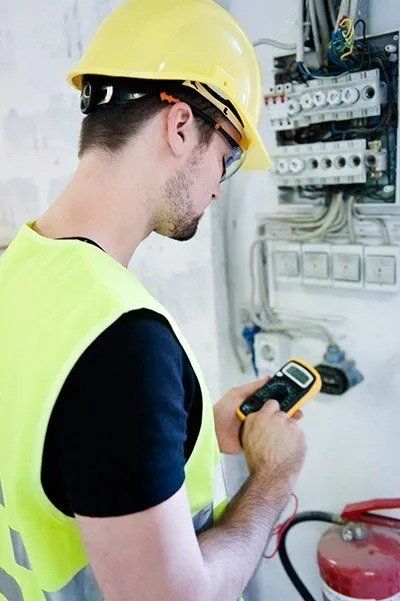
Are you doing what you can to protect your South Florida home from electrical surges? As the only part of the continental US with a tropical climate, South Florida has unique energy needs. Those needs also dictate that homes have protection from both internal and external power surges. Here's a little more about power surges and what you can do about them. Where Do Power Surges Come From? A power surge occurs when the voltage in a wire peaks beyond what the wire can handle. There's several things that can cause this to happen. External causes can include:


